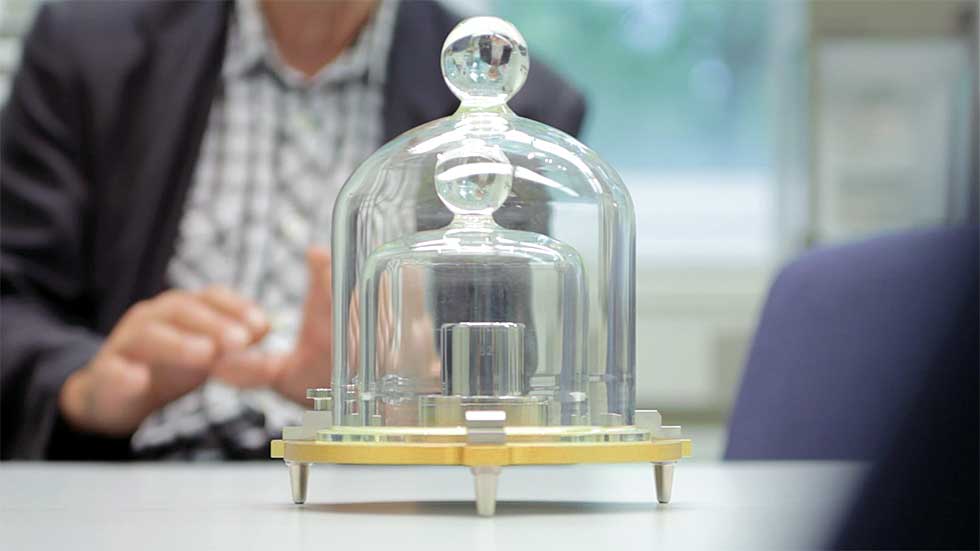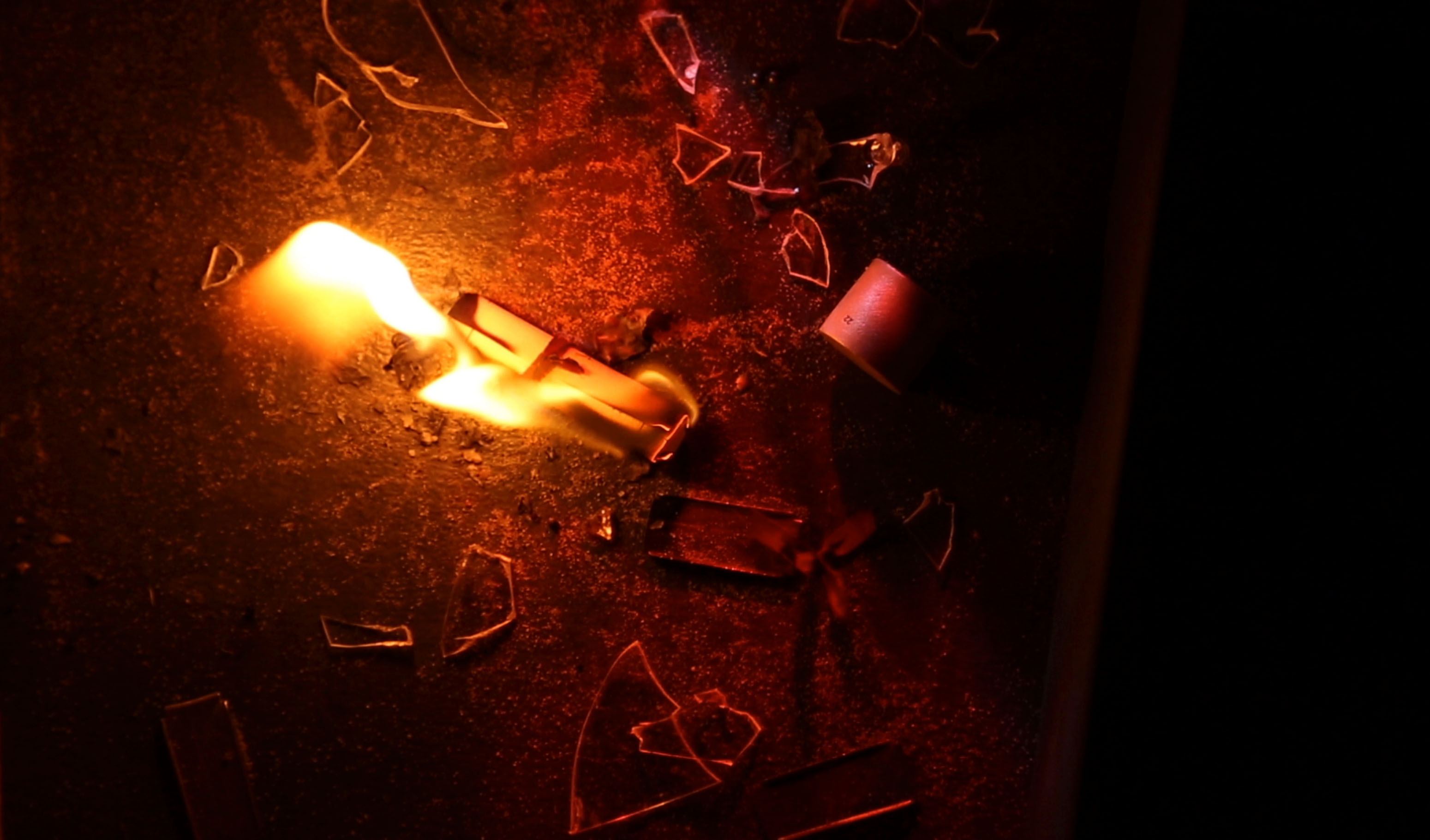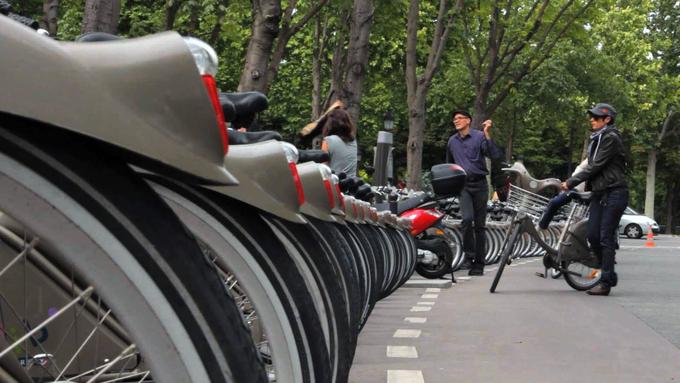
This forthcoming documentary series traces the fascinating history of the kilogram, the redefinition, and features interviews with the guardians of the prototypes. Scientists around the world chase the realization of a 200-year-old challenge: to create a mass standard that will never change with time, or space.
In the image: Michael Glaesser at the Physikalisch-Technische Bundesanstalt with Kilogram 52. In June 22, 1799 the meter and the kilogram were realized as physical objects; today these are kept secure at the International Bureau of Weights and Measures, located in a Paris subrurb. Typically the national kilograms are stored under multiple glass lids; a speck of dust would change a kilogram's weight a tiny bit, but still too much for experiments.
Posts and Preview clips from Episodes
The First Last Judgment
0:53 minCyphering Books
1:52 minPrecision vs Accuracy
1:40 minHilbert's Man on the Street
2:34 minA Rock is a Clock
0:53 minLosing weight: Science and tourism in the City of Light
Status of the film September 2021: I've decide to turn the "Kilofilm" into a series. There are too many interesting people, ideas, and aspects of the kilogram to fit into one film.
Each episode focuses on one definition (or conception) of the kilogram over time. For example, the first episode looks at how the International Prototype of the Kilogram was developed and why; that is, the Kilogram of 1875-2018. The second episode looks at the kilogram in the chain of comparisons in today's commerce. The third episode presents the kilogram as a reform of the French Revolution. You get the idea.
I hope that you find the history and redefinition of the kilogram as fascinating as I do.

About the Director: Amy Young graduated from CalArts with an MFA in Film Directing. She began work on the The State of the Unit as part of an documentary film exchange program at La Fémis in Paris, France.
In the image: stop-motion animation of Germany prototype K22, made in 1870. Michael Gläßer told the story that the kilogram was moved for safety during World War II, and was caught in a bomb explosion and damaged.
